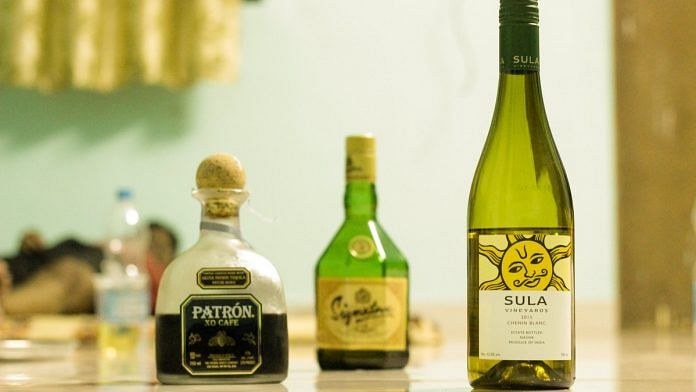New York: While many Americans continue to live under some measure of quarantine, people have been drinking more at home. With restaurants and bars unlikely to reopen soon (if at all), and a near-guarantee of a second wave of Covid-19 infections, it seems the living room bar is here to stay.
During the third week of March—which for many was the first week of lockdown—U.S. alcoholic beverage sales spiked 55% compared with the same period last year, according to Nielsen. Online sales of alcohol that week rose a tremendous 243%. A month later, web sales had risen a further 26%, and sales in all categories of beer, wine and alcohol continued to climb into May.
Spirits are the favorite, up almost 40%. Tequila and gin have been the top sellers, seeing a 75% jump in sales. However, there’s a third, big winner when it comes to lockdown drinking: pre-mixed or “ready to drink” (RTD) cocktails.
Riding the same wave that made hard seltzers and canned wines popular in 2019, it’s no surprise RTD cocktails are poised to become a top category in 2020 boozing. While making a drink at a well-stocked home bar can be a joy for some, it turns out that others find happiness in popping open a single-serving can before the Zoom happy hour. And it’s cheaper, too.
“Millennials in particular are the perfect demographic for the RTD cocktail category,” said spirits industry consultant Robin Robinson, author of “The Complete Whiskey Course.” He said “it’s the perfect storm of the drinks being on trend, generally low in carbs, easily obtainable, easily consumed, light in alcohol and they take a minimal effort.”
Spirits industry consultant Arthur Shapiro, publisher of the Booze Business Blog, reminds us that canned cocktails have existed since the 1890s with Heublein’s “ready made” alcoholic drinks for at-home drinkers. Post-Prohibition, pre-mixed cocktails got a bad rap for tasting cloying and synthetic. In the 1980s and ‘90s, malt-based wine coolers and Zima did little to improve that reputation.
Also read: Southeast Asian economies are reopening but infection risk among migrants still a threat
These days, the top-selling brands still skew sweet and fruity and come in garishly bright colors, but Shapiro said the technology has evolved to make them taste slightly more sophisticated, especially when it comes to malt-based items.
According to 2019 Spirits Business analysis, popular offerings include Cachaça 51 Ice, Campari Soda, Blackjack Cola and el Jimador New Mix, as well as the 1990s standby Jack Daniels Country Cocktails. Plus, there’s the enduring Skinny Girl contingent and buzzed out RumChata FrappaChata fans. IWSR, meanwhile, points to White Claw Hard Seltzer and Mike’s Hard Lemonade as big sellers.
With so many flavors and products out there, “this gives consumers something new to try. It’s affordable [sometimes as low as about $6 or $7 a 6-pack] … and they don’t even have to think about mixing something as simple as a gin and tonic or rum and coke,” said Shapiro. “It’s highly profitable for the companies who make them,” he adds.
And they’re easy to order. Companies such as Drizly or Minibar will have your boxed bar on your doorstep in two hours. The bigger home delivery companies stock them as well.
With the category’s rise in popularity, such premium brands as Cutwater Spirits, Old Hamer, Blue Marble, Hochstaedter, Cocktail Squad and LiveWire are jumping in to make the category a little more sophisticated. Some companies, such as Haus, are teaming up with the bar and restaurant industry to create charity RTDs.
But for most shuttered bars and restaurants trying to survive shutdowns by selling pre-mixed cocktails for takeout, the RTD contingent is making a bad situation worse.
“The reality is, most people in quarantine don’t want to venture out just to pick up a cocktail at their local bar,” said Shapiro.-Bloomberg
Also read: One Delhi bar makes it to list of Asia’s 50 Best Bars






